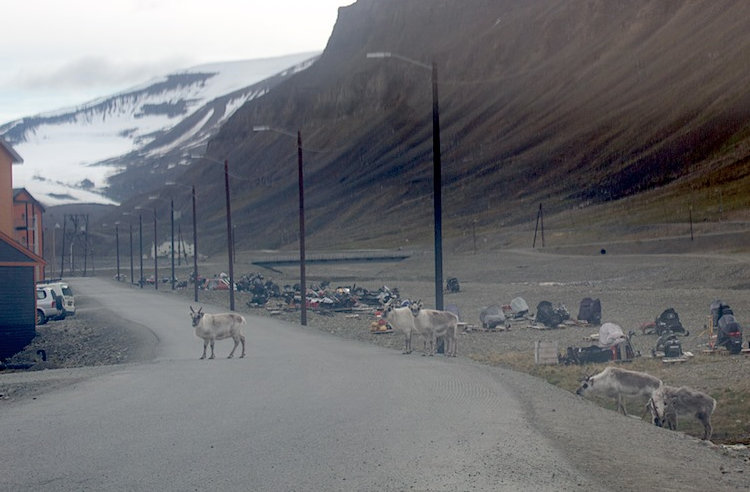The new day began shortly after midnight under sunny skies.
A helicopter flew over my flat and hovered above the shoreline a short distance from town. That almost certainly meant there was a polar bear wandering among the cabins. Obviously the helicopter wasn’t out to rescue someone from an avalanche or a glacier crevasse.
As the lone person publishing accessible local news affecting the small and isolated Arctic community of Longyearbyen—the northernmost town on Earth—I can barely keep up with what may prove to be literal life-or-death matters right now, a flood of critical news that stops only when I turn off my internet connection. I provide the community news during major crises, which have included massive avalanches and ill-fated expeditions with numerous fatalities, when an online connection is essential for obtaining and publishing urgent updates.
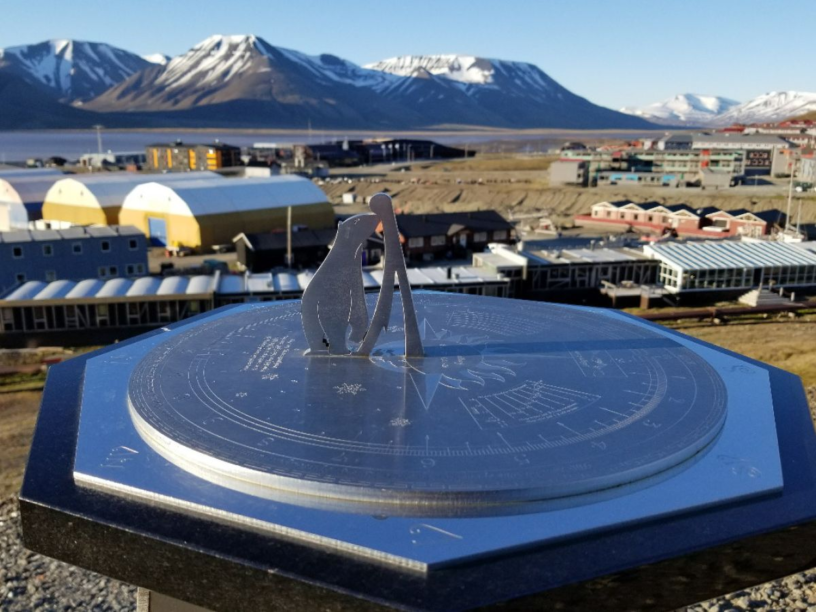
I called the police duty officer to get a quick confirmation, only to be told they were too busy to comment—a nonsensical reply, since it would have taken roughly the same amount of time to say, “Yeah, there’s a bear there and we’re advising people to avoid the area,” and I said as much.
I put on some pants, grabbed my camera and notebook, and made the four-minute drive to the dogsledding kennels at the edge of town, where police typically set up a roadblock if a bear is in the vicinity.
I got the essentials from one of the two officers next to an SUV parked at the side of the road. They’d chosen to leave the road open, since the bear was wandering away from town. I took a couple of quick pictures of the hovering helicopter and hurried home to post an alert online, realizing suddenly that the guy I’d rushed past on my way to talk to the officers had probably been the one who spotted and reported the bear. I had just missed an obvious chance to get a first-hand description. Being a journalist for the past 34 years is no insulation against cluelessness.
Within 10 minutes of arriving home I had a short story written. It was a couple more hours before the sound of the helicopter vanished (along with the bear) and my mind unwound itself from the breaking-news adrenaline surge. Finally, I could sleep. But my mind is conditioned to wake with the slightest perception of change, since I kept a police scanner on 24 hours a day during my first days of reporting here. Only a few hours later I sensed cars moving outside, as the early risers began their day at what would be the crack of dawn in most parts of the world.
Here in Longyearbyen, at 78 degrees latitude north, the sun hasn’t set for the past month and won’t again until late August. And as the do-everything guru for Icepeople, the English-language alt-weekly newspaper I’ve published here for the past 12 years, reporting the news in this community—where many of the residents from more than 50 countries aren’t fluent in Norwegian—is likewise a 24/7 task.
It’s my job to report on events scheduled or cancelled, businesses adjusting their hours (always downward, now) and fundraising appeals for those in extreme financial hardship. A dogsledding tour operator here made national headlines recently by saying he might be forced to kill his dogs if he can’t feed or sell them. There are also eye-opening statistics both virus-related (a hotel citing a 99% drop in business last month) and not (an area weather station reporting that climate change is now happening six times as fast as Earth’s average).
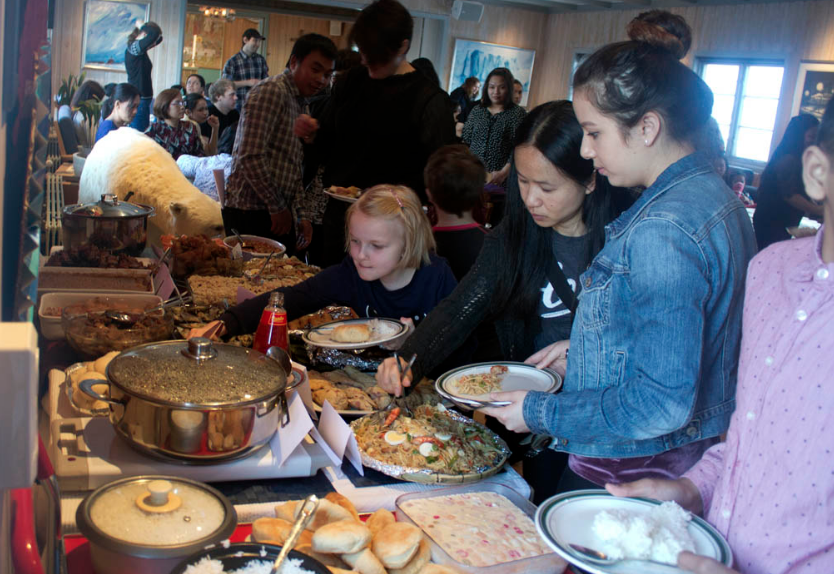
The island is halfway between the Norwegian mainland and the North Pole, and is famous for a number of quirks, such as the requirement that residents carry a rifle outside settled areas for polar bear protection (true), and the oft-reported statistic that there are more polar bears than people (nonsense). It’s also home to the “Doomsday Seed Vault” that’s supposed to be the ultimate safeguard of the global food supply if the Apocalypse happens—and it is the place climate change is happening faster than anywhere on Earth.
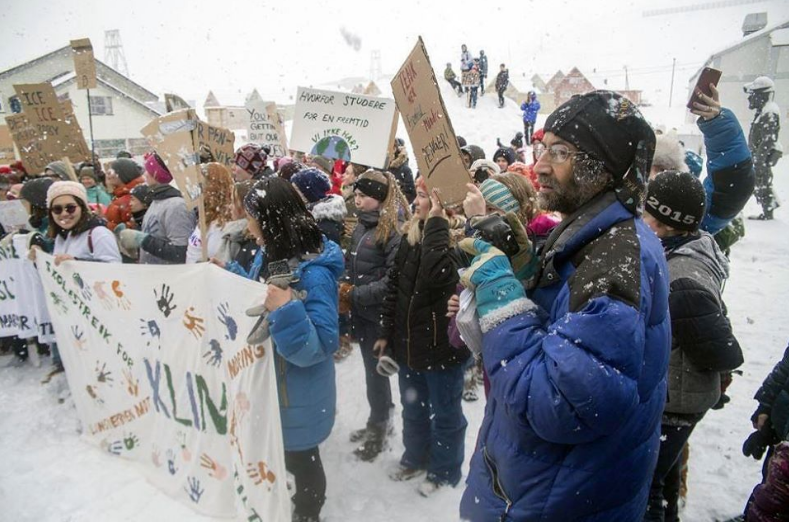
Longyearbyen is suffering the worst impacts of the virus crisis in Norway, despite being one of the very few places in the world with no diagnosed COVID-19 cases or deaths. That’s not the contradiction it might seem—Longyearbyen’s extreme remoteness and minimalistic medical facilities means the town is ill-equipped to handle an outbreak, so officials have shut virtually all private and public places down, and forcibly exiled everyone who wasn’t a full-time resident. As a result, 90 percent of workers in the tourism industry—representing the dominant portion of the local economy—have been laid off, and it’s possible there will be no visitors for many weeks or months to come.
The five-minute walk from my flat to the only cafe still open, surrounded by fjords and glaciers under ever-changing weather and light patterns, and the first cup of coffee while rapid-scanning headlines and social media from the past 24 hours, has long been my favorite routine in a way of life that defies consistency. On any given day, I might need to be a “knowledgeable voice” about coal mining, international treaties, paleontology, alternative energy or (seriously) the zombie apocalypse.
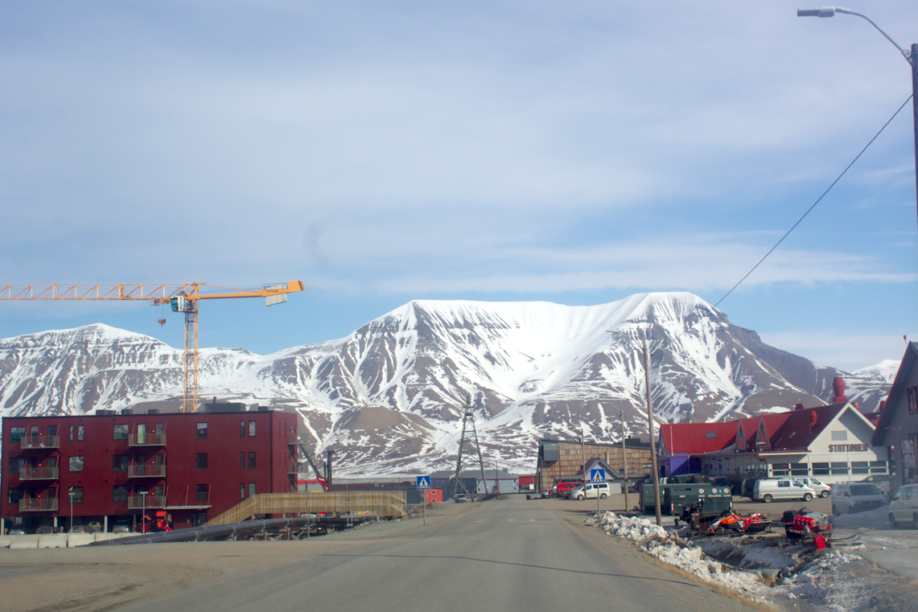
While ingesting free coffee refills and a cinnamon roll a kind person brought by unsolicited, I checked for new updates and juggled the instant messages and emails that flood in continuously.
Later I tagged along with Romano Juric, who started the town’s first food-delivery business just before the pandemic—now maybe the only truly profitable enterprise here, due to the huge number of people unable to venture out to the town’s one supermarket, or the few restaurants still open in the evenings.
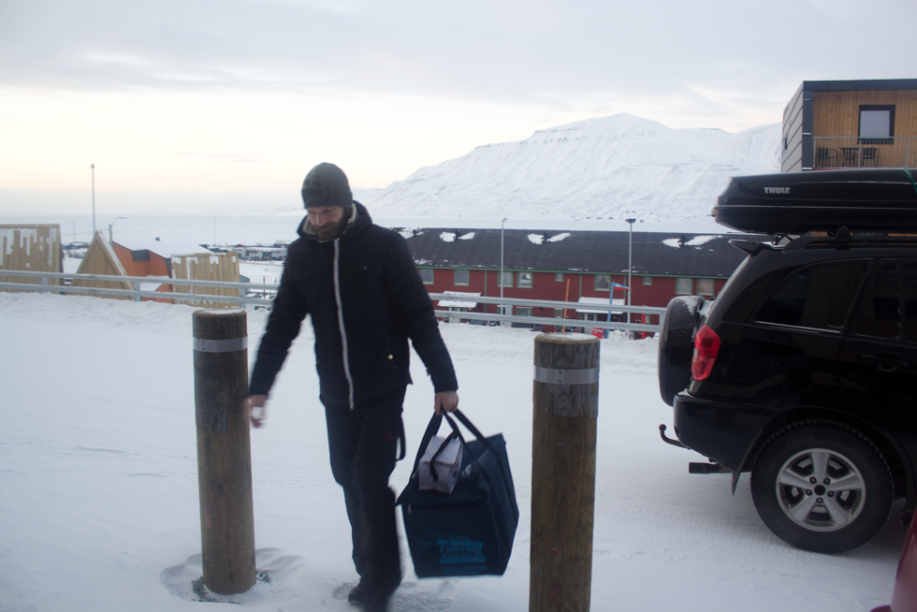
When he dropped me off at my flat, I found a surprise: A bag on the doorknob with yogurt, half a package of Norwegian flatbread and a tube of the cheap “caviar” that’s one of many acquired tastes (also see: brunost) for foreigners such as myself. Acts of random kindness like these, from people well aware of my struggle to survive here, while publishing the free-of-charge newspaper that’s become the only thing I want to do with the rest of my life, have for some time been the only way I’ve managed to stay fed and sheltered.
I kept monitoring and writing and responding to messages until I reached the shutdown point, after midnight again. All sounded calm as I drew the curtains to block out the never-ending sunlight.

